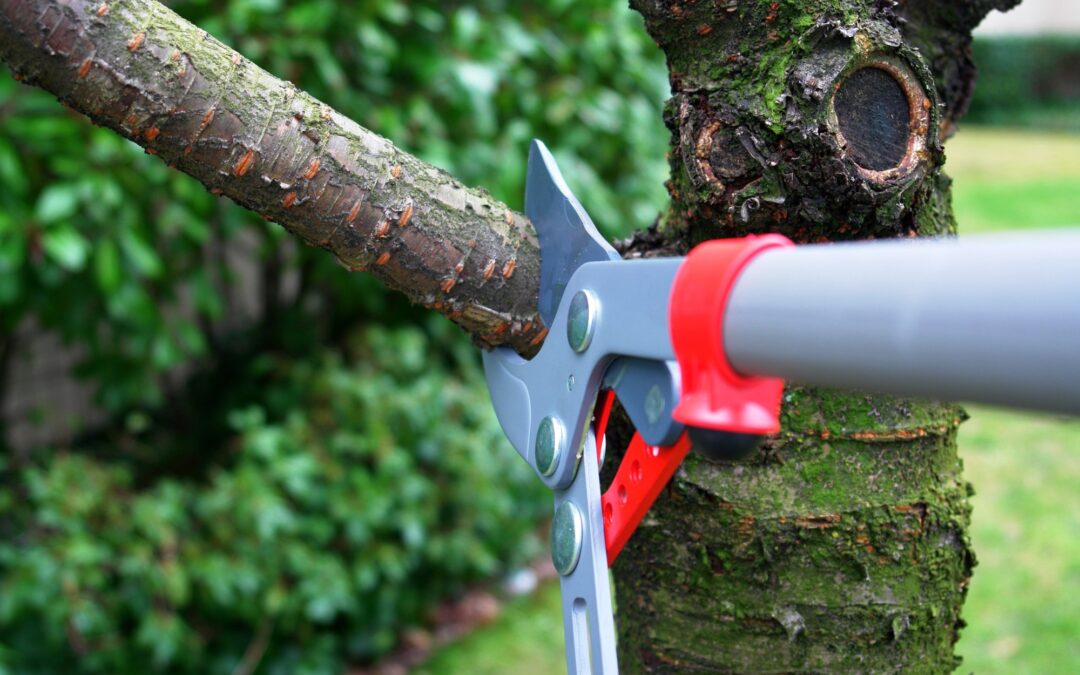Pruning is an integral component of tree maintenance, but it is important to do it correctly. Improper pruning can cause irreparable damage to your trees, resulting in shorter lifespans and an increased risk of trunk or branch failure.
As Katy’s trusted tree service provider, we explore some bad pruning cuts and mistakes people make and how to fix them.
Pruning at an Inappropriate Time
One of the most common pruning mistakes is improper timing. When you heavily prune your tree during the growing season, usually from spring to late summer, the chances are the tree will starve. Additionally, droughts often occur in summer, and a tree that is already stressed due to over-pruning will be less resilient with inadequate water.
You should prune your trees at the right time of year. While you can prune conifers at any time of the year, it is best to prune them during the dormant season to minimize the flow of resin and sap from cut branches. Pruning hardwood trees and shrubs during the dormant season allows you to easily visualize the structure of the tree and minimize the risk of disease transmission.
Snipping the Plant Tips to Keep Them in Check
Snipping the tips of tree branches (stubbing out) is among the most common bad pruning cuts. Since pruning promotes growth, you encourage several new branches to develop by snipping the tip of one branch. Too many new branches can be unhealthy for your tree.
The best strategy is to make a few large cuts instead of numerous smaller cuts. However, if you are already dealing with the consequences of the snipping mistake, let all the new branches grow from below the pruning cut. When the growing season ends, leave the strongest and healthiest branch and cut off the competing branches back to the supporting limb or trunk.
Topping a Tree
Topping is another common pruning mistake, and it can have devastating consequences. This practice involves cutting a tree’s branch leader or main trunk at a random point below the apex to reduce its overall height.
Topping a tree often leads to the development of numerous spindly, weakly attached branches at the end and along the length of the main branches. This practice also leads to more work of removing the suckering branches.
Instead of topping a tree, you should select an appropriate lateral branch along the trunk and create a proper pruning cut right above it. If you perform this task successfully, the lateral branch will act as the main leader and grow upward.
Cutting Back the Longest Branches of Your Conifers
It can be frustrating when conifers grow too big, too fast, or simply become distracting. Many homeowners fix such problems by cutting back the annoying portion of the limb, but this practice often leaves you with a branch stub sticking out.
Also, conifers hardly recover from improper pruning. The best strategy is to eliminate the stub cut up to the trunk or cut the branch back to the nearest healthy lateral branch.
Work with the Professionals
To avoid bad pruning cuts and their related effects, it is best to leave the task to tree removal experts. While there are several key considerations when choosing a tree removal company, you can’t go wrong with Meadows Tree Service. Contact us today for all your tree removal, trimming, pruning, and other tree service needs.

